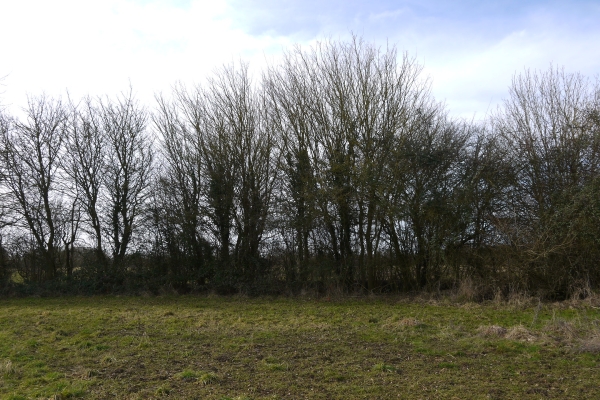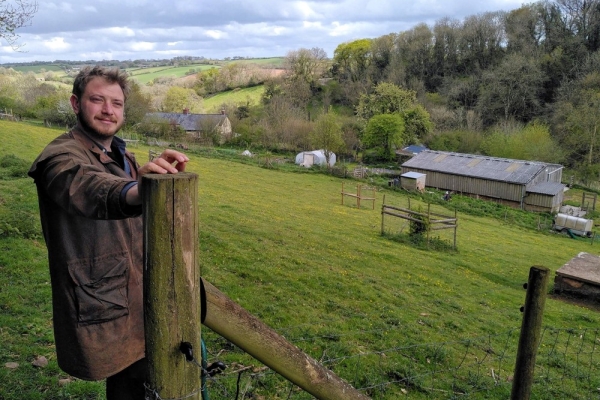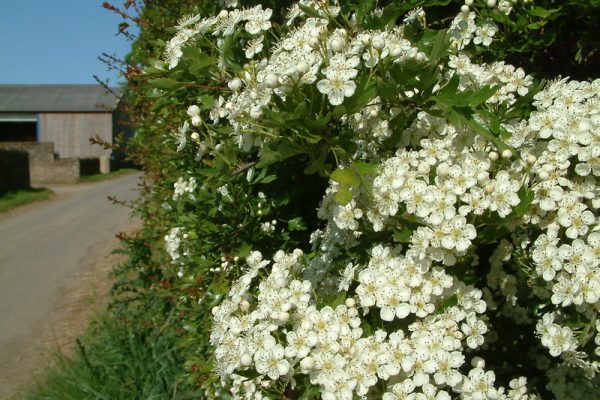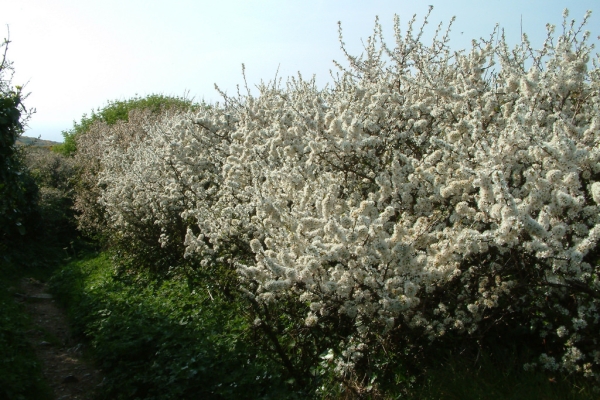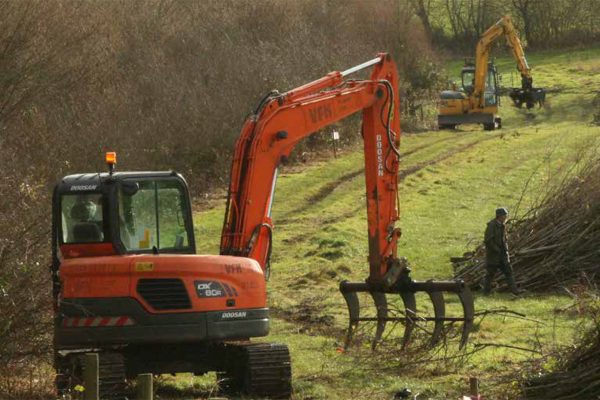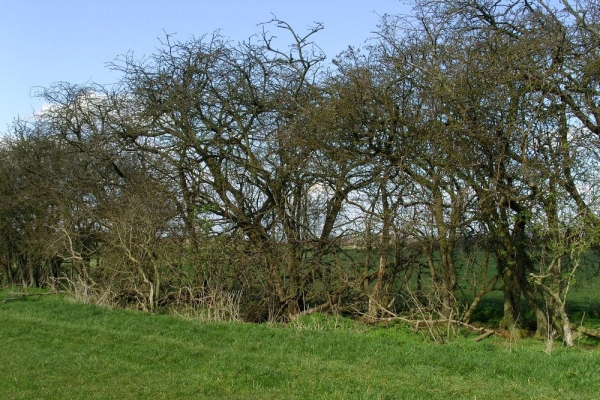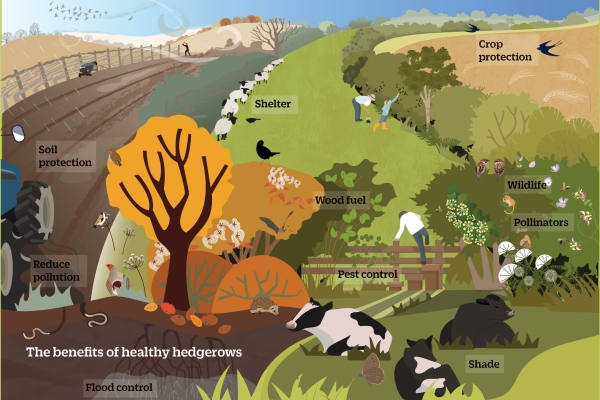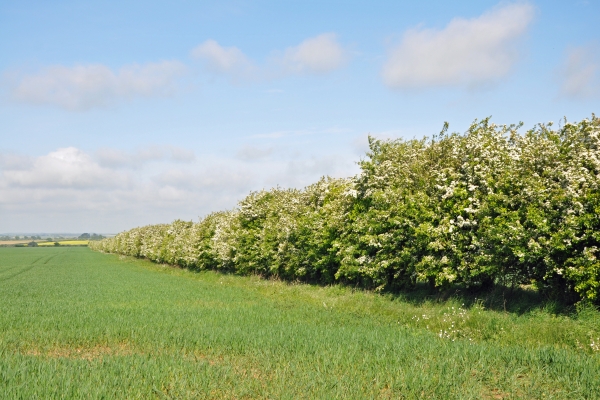Hedge fund: investing in hedgerows for climate, nature and the economy
Resource explained
This research, commissioned by CPRE, the countryside charity, and undertaken independently by the Organic Research Centre, provides an evidence-based analysis of the environmental and economic benefits of hedgerows. The research investigates what 40% more hedgerows could mean for nature, climate and the economy – and CPRE makes recommendations on how the Government, local authorities, farmers and land managers can maximise the astounding potential of hedgerows. It is divided into sections that focus on costs, jobs and wider economic benefits, biodiversity, climate emergency, cultural services, water and air quality.
Findings & recommendations
- For every £1 invested in hedgerows, as much as £3.92 is generated for the wider economy.
- 40% more hedgerows would result in over 25,000 more jobs over a 30-year period for hedgerow planting and maintenance.
- Expanding the hedgerow network would benefit biodiversity, some of which is important for agriculture through their pollination services and natural pest control.
- On average, for every £1 of investment made in hedgerow planting and management, £1.73 of economic benefits are generated for farmers due to increased crop yields and a reduction in insecticide use.
- 40% increase in the UK’s hedgerows would have a sequestration potential, above and below ground, of as much as 5 million tonnes of carbon – potentially the equivalent of 18.5 million tonnes of CO2.
- A 40% increase in UK hedgerows could be worth more than £60 million a year in terms of its impact on outdoor recreation.
- For every £1 of investment in hedgerows in flood risk catchment areas, £2.50 of economic benefits are generated as saved costs.
- CPRE is calling on the Government to set a target to increase the hedgerow network by 40% by 2050, which would be a win-win-win for climate, nature and the economy.
- Farmers and land managers should maximise the environmental benefits of hedgerows by allowing them to grow taller and wider and ensuring flowering plants are allowed to grow around hedgerows at the field margin.
Summary provided by:
Phil SumptionEdited by:
Janie CaldbeckRelated articles
Jo Smith from the Organic Research Centre explains the importance of on-farm hedgerows and describes trials carried out as part of the TWECOM project.
Rowan Dumper-Pollard writes about the ORC joining the Countryside Charity in seizing the initiative and campaigning for the government to increase UK hedgerows by 40%...
Nicola Bradbear, the founder of Bees for Development, writes about the importance of hedgerows for insect populations and offers some management advice.
This Woodland Trust publication outlines the benefits that can be achieved from nurturing hedgerows and provides practical management tips.
Coppicing hedges for woodfuel sustainably; creating renewable low cost energy whilst supporting wildlife and improving the health of hedges.
A quick reference guide from Natural England promoting best practice in hedgerow restoration to help you reap the benefits on your farm.
This leaflet by the People's Trust for Endangered Species explains why and how to manage your hedgerows to make sure they’re in a good condition...
Practical steps you can take to ensure hedges on your farm support pollinator populations and improve the pollination of your crops.



